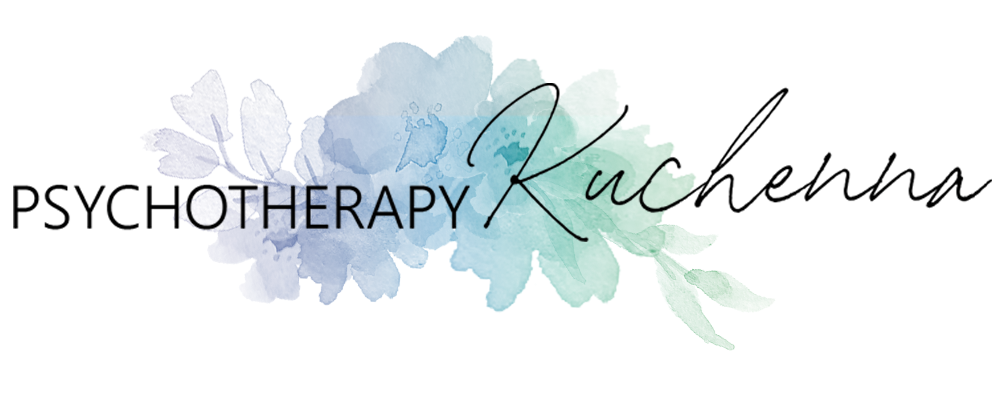Family dynamics refer to the intricate and evolving patterns of interaction, communication, and relationships within a family unit. Every family has its unique blend of personalities, values, traditions, and roles that collectively shape the way members relate to one another. In this comprehensive article, we will delve into the multifaceted world of family dynamics, exploring their various aspects, impacts, and ways to foster healthy relationships within a family.
The Components of Family Dynamics
Roles and Hierarchies:
Families often develop roles and hierarchies that dictate each member’s responsibilities, privileges, and power. These roles can be explicit, such as the role of the parent as the decision-maker, or implicit, like the “caretaker” sibling. The dynamics can change over time, particularly as children grow and parents age.
Communication Patterns:
Effective communication is a cornerstone of healthy family dynamics. The way family members talk to one another, listen, and express emotions plays a significant role in shaping the overall atmosphere within the family. Open and honest communication fosters trust and understanding, while poor communication can lead to misunderstandings and conflicts.
Family Culture and Values:
Each family has its own unique culture and set of values that influence its dynamics. These can be influenced by cultural, religious, or regional factors. Understanding and respecting these values is crucial for maintaining a harmonious family environment.
Birth Order:
The order in which siblings are born can influence their roles and personalities within the family. Firstborns may take on more responsible roles, while younger siblings might be more carefree. Birth order dynamics can affect how siblings relate to one another and their parents.
Life Transitions:
Life events such as births, deaths, marriages, divorces, or moves can have a significant impact on family dynamics. These transitions often bring about changes in roles, responsibilities, and relationships within the family.
The Impact of Family Dynamics
Emotional Well-Being:
Healthy family dynamics contribute to emotional well-being. A supportive and nurturing family can provide a sense of security, self-worth, and belonging. Conversely, dysfunctional family dynamics can lead to emotional distress, low self-esteem, and mental health issues.
Relationship Patterns:
The dynamics within a family often serve as a blueprint for how individuals form relationships outside the family unit. Positive family dynamics can lead to healthier interpersonal relationships, while negative ones may result in patterns of conflict or codependency.
Parenting Styles:
Family dynamics influence parenting styles. Parents tend to pass on the parenting techniques and values they experienced in their own families. Recognizing this influence can help parents make conscious decisions about their own parenting styles.
Conflict Resolution:
Healthy family dynamics teach valuable conflict-resolution skills. In contrast, dysfunctional dynamics can lead to unproductive or destructive conflict patterns. Learning to address conflicts in a healthy way is essential for maintaining family harmony.
Fostering Healthy Family Dynamics
Open Communication:
Encourage open and honest communication within the family. Create a safe space for each member to express their thoughts and feelings without fear of judgment.
Define and Respect Boundaries:
Establish clear boundaries that respect each individual’s autonomy and personal space. Discuss and agree upon what is acceptable behaviour and what is not.
Active Listening:
Practice active listening by showing empathy and understanding when family members share their thoughts or concerns. This promotes a sense of being heard and valued.
Flexibility and Adaptation:
Acknowledge that family dynamics change over time, and embrace the need for flexibility and adaptation. As children grow, relationships shift, and it’s essential to adjust roles and expectations accordingly.
Seek Professional Help:
In cases of dysfunctional or harmful family dynamics, seeking the guidance of a therapist or counselor can be highly beneficial. They can provide tools and strategies for resolving conflicts, improving communication, and healing relationships.
Conclusion
Family dynamics are a complex and ever-evolving aspect of human relationships. Understanding the various components of family dynamics and their impact on emotional well-being, relationships, and parenting is essential for creating a healthy and nurturing family environment. By fostering open communication, respecting boundaries, practising active listening, adapting to change, and seeking professional help when needed, families can build strong, resilient, and loving relationships that support each member’s growth and well-being.

